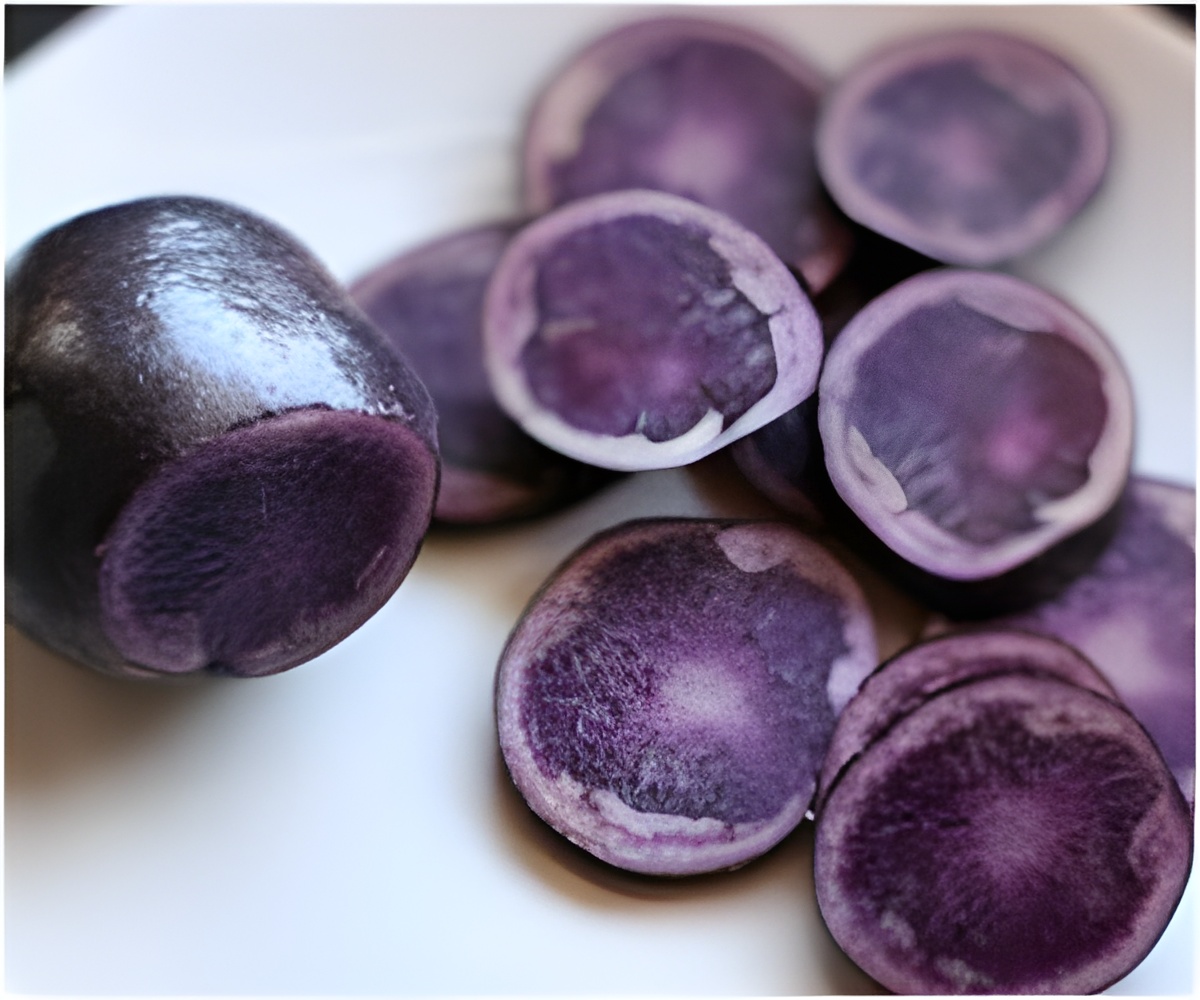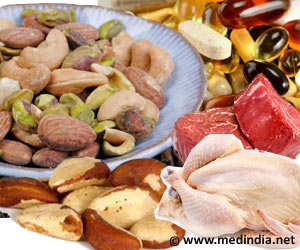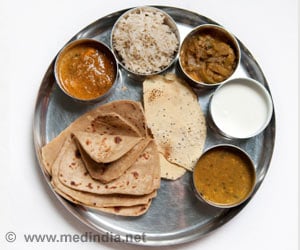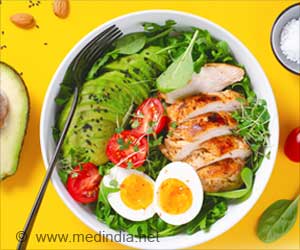
Stephen Talcott, a food chemist at Texas A&M University, said, “Our work with purple sweet potatoes has been going for a couple of years, partially in response to a trend within the food industry to move away from synthetic colors, primarily shades of red.”
According to the scientist, the color stability of the purple potato is incredible. Their neutral flavor makes it all the more suitable for food products. But, there are other challenges which make the purple potato still not such a viable alternative. Supply of sweet purple potatoes is another challenge!
There is a market for natural food colors, especially after growing concern about the adverse effects of artificial food coloring on children.
Source-Medindia














